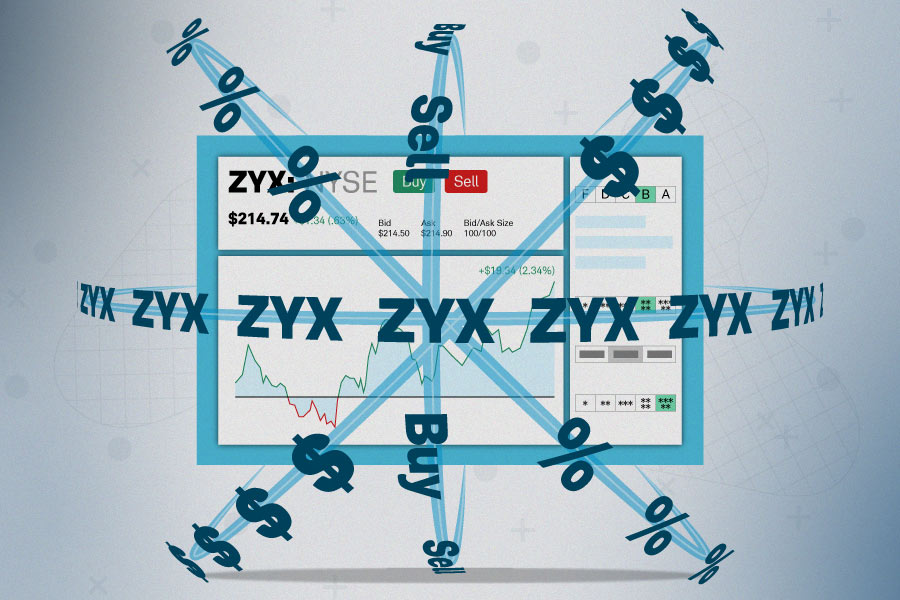Your U.S. Investing Education Center
Discover ways to identify, analyze, and act on U.S. investment opportunities with our timely insights and comprehensive educational resources.
Understanding the U.S. market
Learn how to find favorable trends in the U.S. market along with strategies for capitalizing on them.

Trading
Weekly Trader's Outlook

Markets and Economy
Friday's Schwab Market Update Podcast

Futures
Looking to the Futures

Markets and Economy
Thursday's Schwab Market Update Podcast
Investing & trading
Whether new to U.S. markets or experienced, find ways to take your investing and trading knowledge to the next level.

Technical Analysis
How to Use Heikin Ashi Charts

Trading Tools
Stock Options Trading Stats


Stocks
Learn to Read Stock Quotes
Portfolio management
Learn about the various roles U.S. securities can play in your portfolio.

Options
What Are Box Spreads?

Stocks
Mega-Cap Concentration Risks

Asset Allocation
How Investors Use Market Cap

Stocks
How to Use Equity Risk Premium
Start investing in the U.S. market today.
Have more questions? We're here to help.
Call
Phone: +65 6021 8070
Singapore support:
Monday – Friday, 9:00 am to 5:30 pm (SGT)
U.S. support:
24x5 Customer Service
Monday 1:00 am to Saturday 1:00 am (U.S. EST)
Visit us
Charles Schwab SG Pte. Ltd.
8 Marina View
#12-01 Asia Square Tower 1
Singapore 018960
Office hours
Monday – Friday, 9:00 am to 5:00 pm (SGT)


